Mother-to-be? Try these safe yoga poses for your second trimester
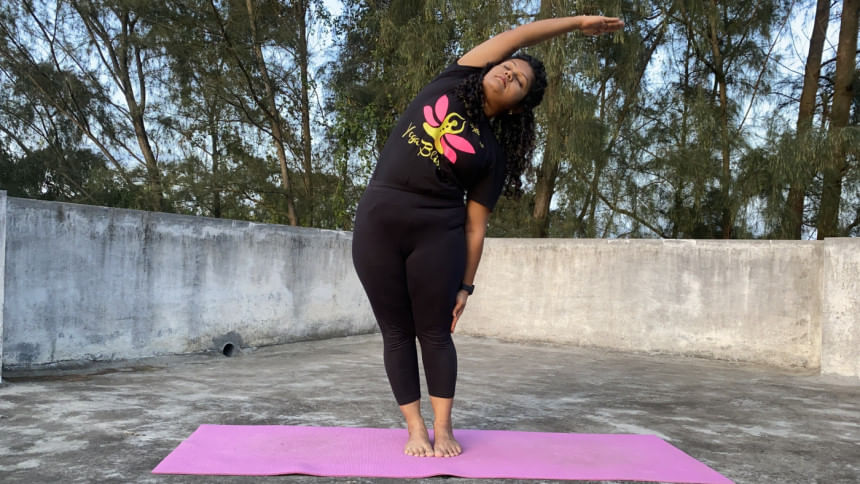
During the second trimester, morning sickness tends to fade, energy levels rise, and the growing belly adds a visible glow to the mother. This is a good time to develop a steady yoga routine. Those who have practised before can continue with slower, gentle movements, while newcomers can join prenatal yoga classes to learn safely. These classes not only make the body feel strong and comfortable but also create a warm sense of togetherness.
Being around other expectant mothers helps share experiences, reduce worries, and build emotional support, which is just as important as the physical benefits of yoga.
Gentle reminders before starting —
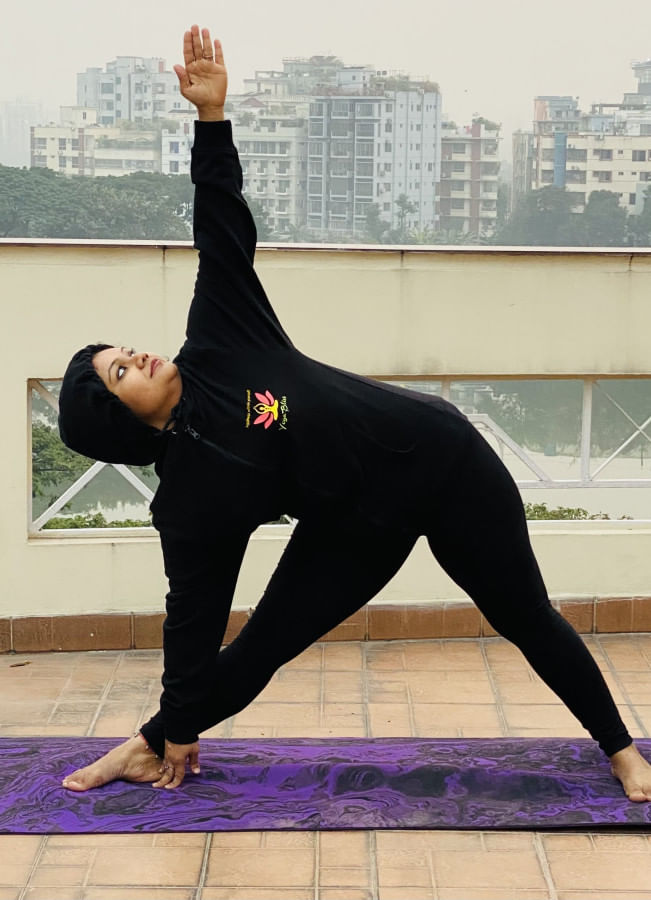
Begin with loosening movements
Start every session with gentle joint and body movements. Simple shoulder rolls, neck stretches, and ankle rotations warm up the muscles and prepare the body for yoga
Maintain balance and stability
As the belly grows, balance naturally changes. Practising near a wall or using a chair for support keeps movement steady and safe.
Be gentle and patient
The body softens as pregnancy progresses. Move slowly, avoid overstretching, and stay within a comfortable range.
Make space for the belly
During forward bends or twists, keep the legs slightly wider and twist from the shoulders, not the waist. This creates space and comfort for the baby.
Protect the abdomen
Skip poses like "Boat Pose" or "Plank Pose" that strain the abdominal area. Focus on posture and breathing to build gentle core awareness.
Avoid lying flat on the back
Spending long periods flat can affect blood flow and cause dizziness. Use pillows or bolsters to lift the upper body, or rest on the left side for ease.
Modify poses when needed
Every posture can be adjusted for comfort. Work with supportive props and simpler versions of poses that feel right for the body's rhythm.
Include the baby in practice
During relaxation, bring awareness to the baby's gentle movements. This creates a special connection and helps both mother and baby relax together.
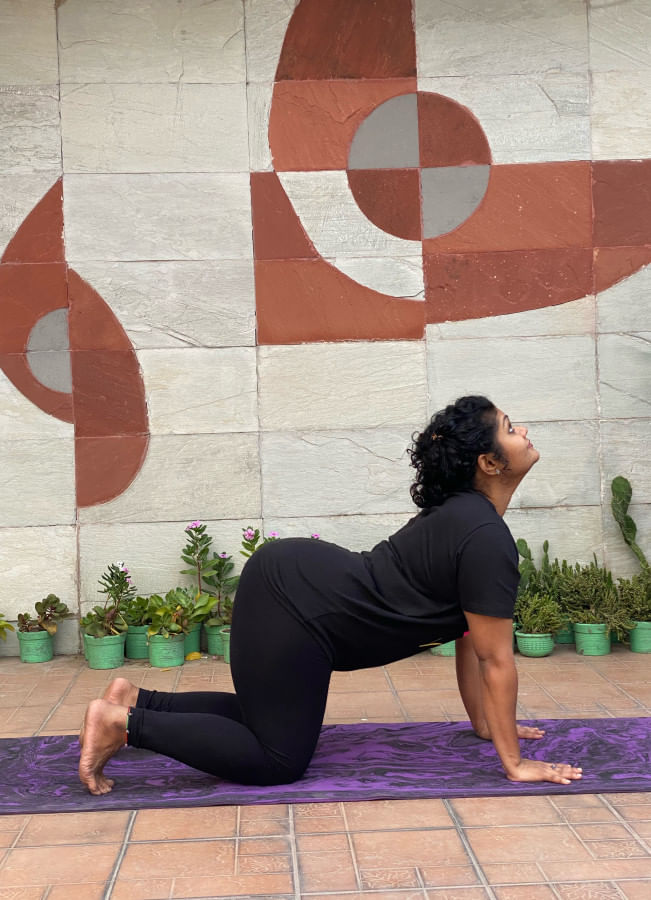
Yoga asanas for the second trimester
The second trimester is often a time of grace and growth. Gentle yoga builds strength, awareness, and inner calm while deepening the bond between mother and baby. Each mindful breath and movement turn this phase into a journey of balance and quiet confidence. Gentle yoga postures help maintain flexibility, improve circulation, and prepare the body for the changes of pregnancy. The following asanas are safe and beneficial when practised mindfully under proper guidance.
Vīrabhadrāsana (Warrior Pose)
Stand with feet wide apart. Turn one foot outward, inhale and raise both arms to shoulder height, then exhale while bending the front knee over the ankle. This energising posture strengthens the legs, back, and shoulders, enhances stability, and boosts confidence.
Butterfly Pose (Baddha Konasana)
Sitting with legs stretched out, the knees are bent to bring the soles of the feet together. Heels stay close to the body while the inner thighs relax. Holding the feet, the knees move gently up and down without any force. After 20–30 soft movements, the legs are stretched out again to rest. This pose gently opens the hips, improves pelvic circulation, and helps ease discomfort in the second trimester.
Vajrāsana (Thunderbolt Pose)
Kneel on the floor with big toes together and heels slightly apart. The buttocks rest between the heels, while the spine remains upright and the shoulders relaxed. Hands rest gently on the knees, palms facing downward. This posture strengthens the thighs, increase flexibility of knee and ankle joint, aids digestion, and relieves acidity. This in can be done even after having meal.
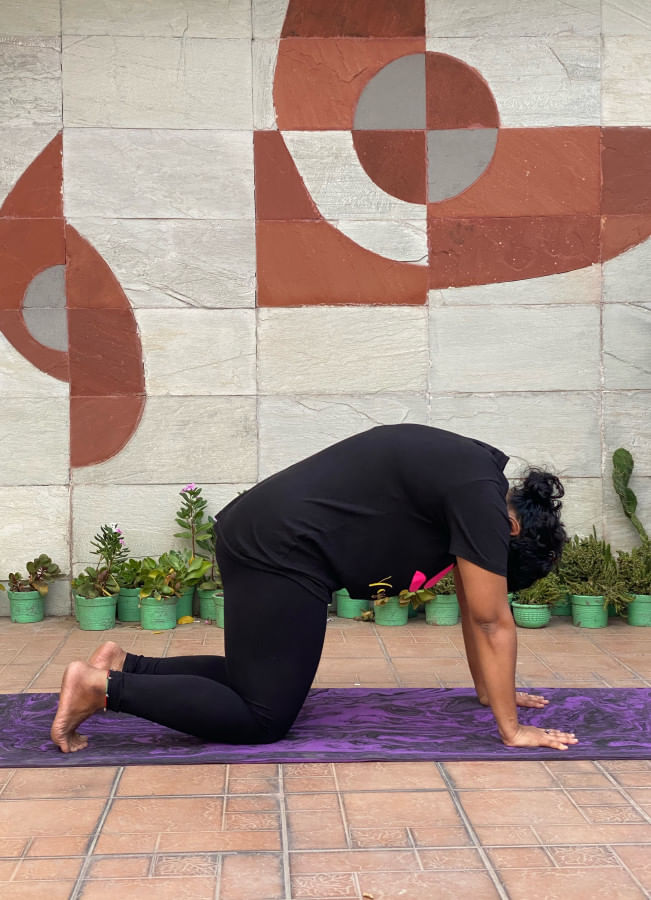
Cooling Pranayamas: Bring Calmness and Balancing in body-mind
Gentle pranayama during pregnancy helps keep the mind relaxed, regulates body temperature, improve sleep and balances emotions.
Sheetali Pranayama (Cooling Breath): Inhale through a rolled tongue and exhale through the nose.
Sheetkari Pranayama (Hissing Breath): Inhale through an inward-folded tongue and exhale through the mouth.
Sadanta Pranayama: Similar to Sheetkari, inhale through gently clenched teeth and exhale through the mouth.
Bhramari Pranayama (Humming Bee Breath): Inhale through the nose and create a gentle humming sound during exhalation.
Disclaimer: The information provided in this article is for general awareness only and should not be considered medical advice. Prenatal yoga practices must be performed under the supervision of a certified instructor and with approval from a healthcare provider. Each pregnancy is unique, and modifications may be required to ensure comfort and safety.
The writer is a PhD Scholar & Antenatal Yoga Expert, Pelvic Floor Rehab Therapist, and Runner, Bangladesh.

 For all latest news, follow The Daily Star's Google News channel.
For all latest news, follow The Daily Star's Google News channel. 

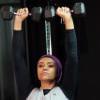





Comments